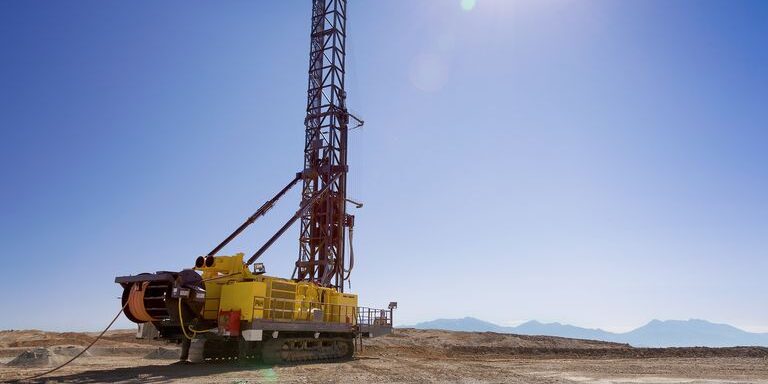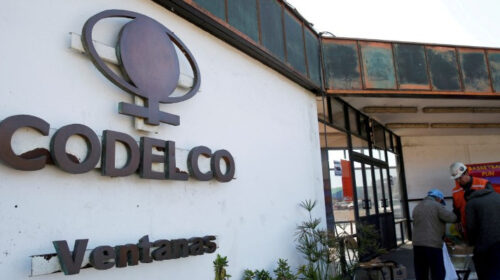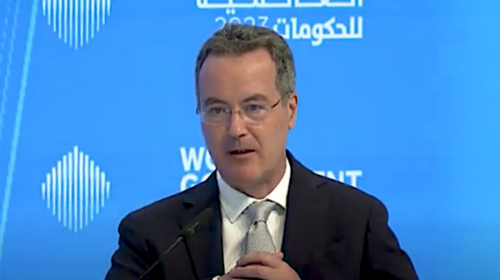Making the most of mining data through AI
According to IMDEX experts, speaking at the World Mining Congress in Brisbane, Australia, artificial intelligence (AI) is a vital tool that can be used to transform the wealth of data in modern mining into ore body knowledge that would enable resource companies to make better downstream decisions.
Chairing a session on AI and rapid resource modelling, and in a separate presentation, Dave Lawie, chief geoscientist at IMDEX, said the Internet of geosensing – the network of cloud-connected tools and sensors gathering information across the mining operation – delivered a treasure trove of data, “but the last thing you can do with a mine is generate a lot of raw data because no-one has time to look at it.”
“This is where AI comes in. If we go in with an Internet of geosensing approach and start collecting data, we need to use AI to turn it into information which is directly usable by the mining operation in virtually real time. If you can’t do that no-one will use the data; it’s unreasonable to expect people to.”
But, he said there were barriers to AI being used successfully, because of the lack of training data.
Lawie continued, “If we are going to get this data and turn it into a spatial prediction we need to know what it is we are trying to predict and we need to know how to train the model to do the predictions so we need the mines to give us the measured outcomes we are trying to predict with this data.”
The ore body knowledge, delivered in real time upstream of the mining process, was an asset from which value could be realized but, for several reasons, a lot of companies stopped at that point without realizing the value.
“Many companies think acquiring the ore body knowledge is the purpose,” Lawie said. “It doesn’t get communicated in a useful way, the tools for realizing the value are inadequate, there’s a lack of know-how or willingness to apply it within a change-management process. The value needs to be articulated financially.”
According to Lawie, more mining companies are coming to the realization that they need better ore body knowledge or a better understanding of the data which is already available.
“There are a lot of mining operations around the world now who are encountering more problematic ores at greater depths, lower grades, more variability than they are used to and its affecting their ability to maintain profit margins,” he noted.
“A lot of the higher-grade deposits of ore bodies have been mined out. In times of lower prices, mining companies will cherry pick the highest grades so they can still be profitable but then they are left with lower grades and a mine that is compromised. They need ore body knowledge to get at these lower-grade materials and get them out at a good profit.
It’s a theme that’s running through the industry – but they don’t have the data, they’ve never measured it.”
IMDEX BLAST DOG is a commodity agnostic blast hole sensing and physical measurement technology that provides near real-time ore body knowledge and is semi-autonomously deployed for logging material properties and blast hole characteristics at high spatial density across the bench and mine.
According to IMDEX, it delivers unrivalled pre-blast rock knowledge and a 3D-view into the bench which can facilitate improved blast designs and optimize explosive costs.
It also offers ESG benefits through the potential for precision mining and optimization of downstream processes such as grinding, blending, and stockpiling.
58 total views , 1 views today





